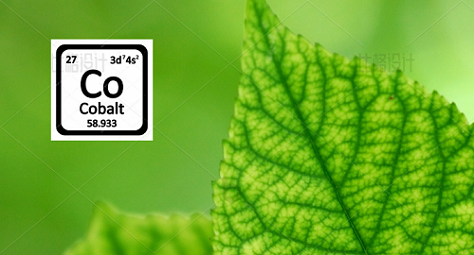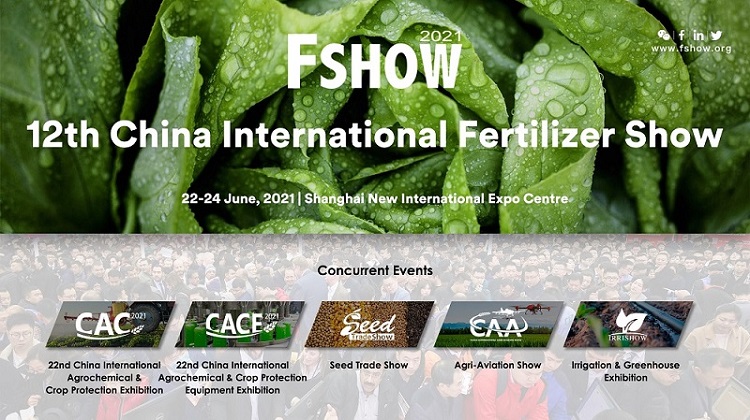
Exhibition time: 17-19 March, 2026 Shanghai, China
 中文
中文

Exhibition time: 17-19 March, 2026 Shanghai, China
 中文
中文

Cobalt (Co) is an element which is not commonly thought to play as crucial of a role in the health of a plant. However, cobalt is one of the elements which is classified as an essential micronutrient. Cobalt is intimately involved in many different processes of growth which a plant undergoes to reach its full potential. One of these processes is the process by which the plant stem grows and the coleoptile elongates. These two functions both assist in the overall growth of the plant as well as the availability for CO2 absorption by the plant. The plant also needs sufficient levels of cobalt in the system in order to properly expand the leaf discs. This becomes vital for the plant to reach full maturity, in addition to the curvature of slit stems and ultimately full, healthy bud development.
In addition to the functions which help to assist in the outward appearance of plants, by promotingthe development of plant buds, leaf discs, plant stem and coleoptile, cobalt is very important to manyof the chemical and biological reactions which a plant must undergo in order to survive. Co is a primary constituent of Vitamin B12 as well as Propionate. Propionate actually serves as one of the main sources of energy which a plant uses to continue to grow. Vitamin B12 is needed for cell division, which plays a major role in the growth of a plant because it provides more cells for the plant to continue to grow. One other function which is aided or promoted by cobalt levels is the nitrogen
fixing ability of legumes in the plant. It also helps to improve the efficiency of ruminal digestion.

There are a few different signs and symptoms that point toward a cobalt deficiency and if you notice any of these, we suggest that you urgently treat and work to correct these deficiencies. One of these potential symptoms could be that of small root nodules on legume species of plants. However, if you begin to notice an overall pale green colour on the leaves that is fairly uniform, this can be fairly specific to a cobalt deficiency, or on old leaves this discoloration can be more pronounced and actually be more of a yellow colour. However, it could also be presented in a reddening of the leaves, stems or petioles. But discoloration is not the only form of cobalt deficiency as there can also be stunted growth with the tops of the plants producing less than what would be normal leaf production. There is also typically a retardation of the grain or seed production. The retardation and slowing of the reproduction for plants can lead to significantly decreased crop production from one generation of plants to the next.

This means that the presence of cobalt is very important for the continued production of crops regardless of the plant type. However, it is true that some plants are more resistant to a Co deficiency than others. Regardless of the case however, there is one commonality. That is when these symptoms begin to present themselves, the key is to begin treating them as soon as possible. Cobalt availability is dependent on the manganese content of the soil. Application on low humus soils (i.e. less than 1,000 ppm) will not be of any benefit – providing only 1 year of availability!
